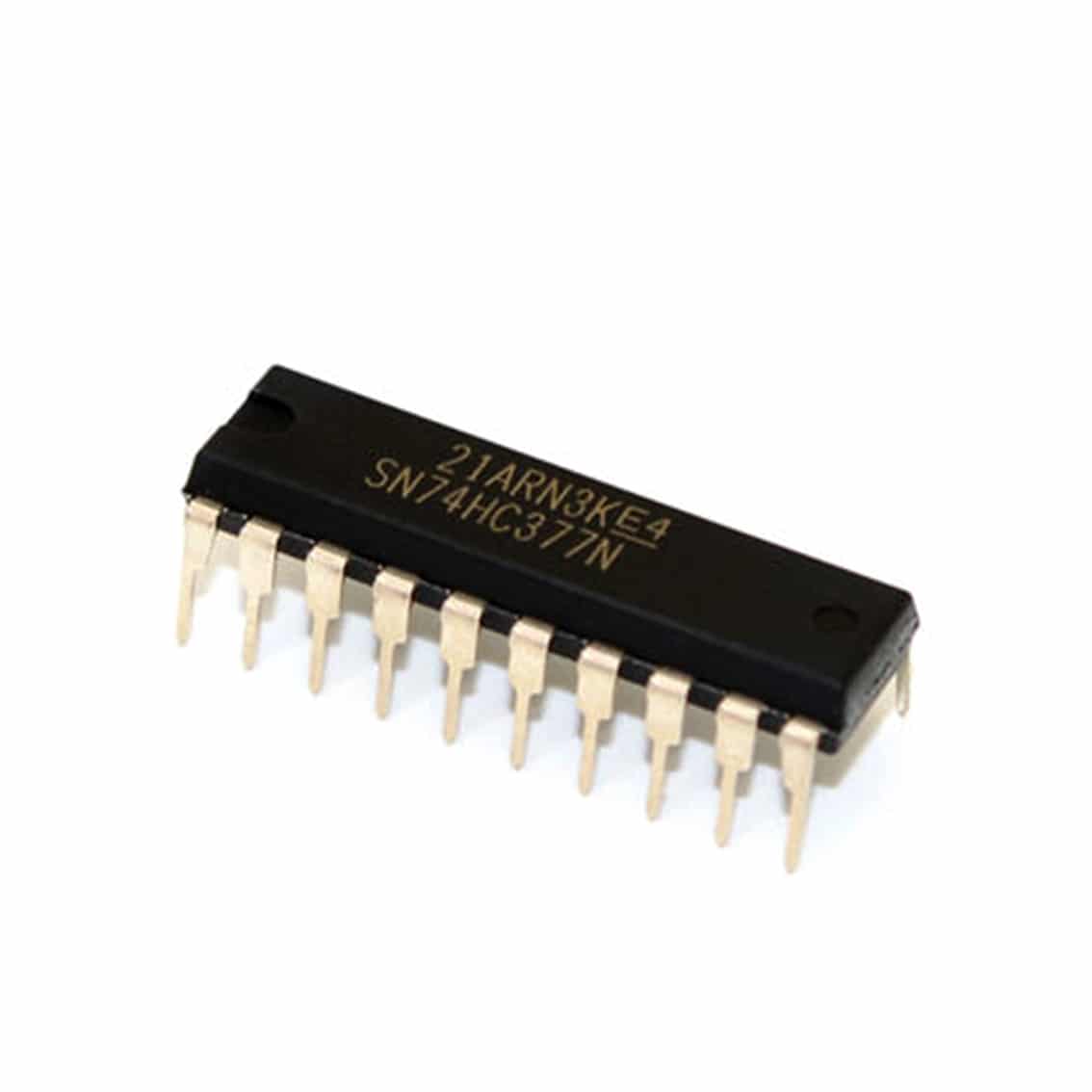
You are most welcome to share your valuable feedback and suggestions around the content we share so we keep coming back with quality content customized to your exact needs and requirements. If you’re unsure or have any questions, you can approach me in the section below, I’d love to help you the best way I can. Test the circuit to ensure it is working correctly by testing for parallel.

#D flip flop logicworks 5 download
You can download the datasheet of 74LS74 by clicking the link below. You can get a hold of the working of this chip by observing the table below where X represents ‘don’t care’īefore you incorporate this device into your electrical project, it’s wise to go through the datasheet of the component that features the main characteristics of the component. When you keep pin 3 HIGH, it will reset the flip-flop and clear the data. The clock source is produced using MCU or 555 timers and is provided to pin 3. To achieve the output at pins 5 and 6, you’ll need to use 1 st flip-flip by connecting the input signals 2 and 3.In this dual D flip-flop, each flip-flop works independently. In order to activate the chip, power the GND and Vcc pin of the chip. This is a D type edge triggered Flip Flop which only responds to a change in transition of clock pulse from logic 0 to 1. It starts from bottom of former pic to the first two paragraphs of latter pic. All the flip-flops share a common CLK and CLR signal. Can someone help me in explaining the paragraph about fig 5.10. This register uses D flip-flops, so it’s easy to store data without worrying about flip-flop input equations. The working of 74LS74 is simple and straight forward. A 4-bit register from LogicWorks, Reg-4, is on the right, and its internal implementation is below.These flip-flops are widely used in communication systems and computers.A flip-flop is a circuit that comes with two stable states and is mainly employed to store binary data.Every flip-flop in this chip comes with individual inputs, and also complementary Q and Q`(bar) outputs. 74LS74A flip-flop IC carries the Schottky TTL circuitry to generate high-speed D-type flip-flops.I suggest you buckle up as in this post I’ll walk you through the complete introduction to 74LS74 covering datasheet, pinout, features, and applications. These flip-flops are used to store the binary data where stored data can be varied by applying the different inputs. Every flip-flop in this chip comes with individual inputs, and also complementary Q and Q`(bar) outputs.įlip-Flops are normally considered as the basic building blocks of modern digital electronics. In this post today, I’ll describe the Introduction to 74LS74.ħ4LS74A flip-flop IC carries the Schottky TTL circuitry to generate high-speed D-type flip-flops.


 0 kommentar(er)
0 kommentar(er)
